Graze and Grow Grass Fed Beef
Interest in the nutritional aspects of grass-fed beefiness presents an opportunity for urban and modest acreage producers looking to practice animal husbandry and produce a quality meat production. Beef production, once limited to limited to large-acreage operations, is non only obtainable only efficient for limited acreage growers with the use of correct technologies and management strategies. Whether you're interested in growing your own quality beefiness, utilizing your limited acreage or but desire to stay connected to the agriculture industry, become started with quality pasture, cattle diet and audio management strategies. Grass-fed beefiness is growing in popularity among wellness and marketing groups only the benefits of raising your own grass-fed cattle expand across the grocery store shelves. Raising your ain grass-fed beef provides peace of heed not only by knowing exactly what went into raising that animal simply knowing and having a hand in the process all the way to the table. Grass-fed cattle exercise non require not bad expanses of country or fifty-fifty lots of heavy equipment. With just a few acres of pasture, quality grass and h2o sources, you can raise grass-fed beef for yourself or for market. In add-on to a quality meat source, raising grass-fed cattle on your limited acreage provides an opportunity to stay connected to agronomics and the lifestyle by practicing animal husbandry. In gild to raise grass-fed beefiness you lot will need quality fodder. While yous can raise livestock on native grasses, starting and growing pasture from specially selected seed provides nutritional benefits for the livestock and increases the production potential of your acreage. Contact a local crop advisor before selecting or planting pasture seed. Expert advisors can aid you select a seed that will fit your production goals as well every bit provide the necessary fertilizer, weed control and planting recommendations. Learn more almost IFA'due south Grass-fed Beef Irrigated Pasture Seed Mix In society to maximize the potential of your pasture grasses, you lot must be sure to implement a management strategy that ensures optimal usage. Consider constitute health and life cycles to continue pastures productive. Allow grasses enough fourth dimension to establish strong roots (by and large nine-12 months depending on the variety) before assuasive livestock to graze. You should also assist your pastures to rebound from use by "resting" the pasture in one case information technology has been grazed to almost 3-four". This volition allow the plants time to grow dorsum and exist used over again without harming the roots. Consider implementing a rotational grazing organisation or schedule that would allow pastures fourth dimension to rest and regenerate. Not all grasses are equal, especially when information technology comes to pastures. Cattle take specific nutrient requirements in addition to necessary calorie intake needed to achieve a desired weight gain. Even an established, high-quality pasture fails to provide all the nutrients needed by beef cattle. In gild to choose and provide the necessary supplements, you must outset empathise nutrients that are present and which might be lacking in your feed sources. Consider sending samples to a feed-testing eye, reaching out to a nutritionist or researching the nutritional value of your grass varieties at home to begin determining any holes in your cows' diet. Native and cultivated pasture grasses beyond the intermountain westward are frequently deficient in primal nutrients due to absence in the soil. When raising grass-fed cattle, consider supplementing the vitamins, minerals and other nutrients lacking in your provender. There are many mineral and nutrient licks, grains and other supplement types that y'all might consider if you lot know what specific nutrients are defective in the feed. If you are unsure of your pastures nutritional value, IFA's Intermountain Cattlemen Beefiness Mineral (ICBM) is a great option specifically designed to provide minerals commonly defective in intermountain grasses. Read how IFA'southward ICBM Mineral helps improve health and productivity for grass-fed cattle Obtaining "end" in cattle refers to achieving a desired product weight when the animal is set up to be processed. A "finished" weight can be obtained on grass or by calculation energy rich grains and other feed supplements to the animals' nutrition. Choosing to finish your grass-fed cattle on pasture or grain depends entirely on your goals and personal preference. Grass-finished beefiness tends to be more lean while grain-finished tends to have more fatty and better marbling. However you choose to cease your beef cattle, be certain to consider the season and necessary feed intake required to attain the finished weight past your intended processing engagement. If you market the cattle, go on your buyers involved equally far as choosing a finishing method and setting up processing appointments. Check out other manufactures on cattle wellness and nutrition from IFA Feed & Diet Experts Rotational grazing is a prime strategy for growing grass-fed cattle and maximizing the economical capabilities of your acreage. Rotational grazing helps facilitate scheduled or managed grazing that allows for prime number utilization of pasture grasses. An effective organisation meets the nutritional needs of the animals along with protecting the health of the plants. An effective rotation schedule limits overgrazing and protects the root systems of pasture grasses. When implemented correctly, rotational grazing maximizes the nutritional quality of grasses and protects the resource for future grazing. To implement a rotational grazing arrangement, yous must first establish your goals for the pasture (amount/type of livestock, elapsing of grazing, etc.) too as assess all your assets (grass quality/type, fencing/facilities and water sources). If you are unsure about the capabilities of your grass or pasture, reach out to a certified ingather advisor for an cess. And then get started by establishing the individual paddocks that you will rotate your animals through. These can be solid-fenced paddocks or designated areas that you will section off with electrical fencing every bit you rotate cattle through the pasture. Keep in listen that a well thought out rotational grazing plan is only effective if it is properly managed. Introduce cattle only after grass has had fourth dimension to establish stiff roots (9-12 months after planting is recommended) and assess your pasture regularly. Ensure grasses are able to rebound by rotating cattle when pastures accept been grazed to about 3-iv". Information technology is also a good thought to allow cattle to graze out from a water source if possible to limit grass waste product as animals travel to get a drink. Growing your own grass-fed beef is a great style to utilize limited acreage and enjoy a quality production for yourself or to market. Getting started is equally simple as consulting a knowledgeable fellow member of our IFA staff who can connect you lot with our Certified Crop Advisors and brute nutritionists. Once our experts have helped formulate a program and management strategy to encounter your goals, stop past your local IFA Country Store for fencing, seed and supplies to abound the grass-fed beef you love. Raising your own cattle or simply a beef lover? Try our astonishing smoked prime number rib recipe. Information for this article was provided by Dennis Christensen, M.S., P.A.S., Feed & Nutrition Counselor, Draper IFA Feed; Larry Dockery, CCA, IFA Agronomy; Tyler Stinson, IFA Farm Supply Marketing; and Kash VanTassell, Fencing & Livestock Equipment Manager, IFA Country Stores. Benefits of Raising Grass-Fed Beefiness
Quality Meat Source
Limited Acreage Requirement
Stay Connected to Agronomics
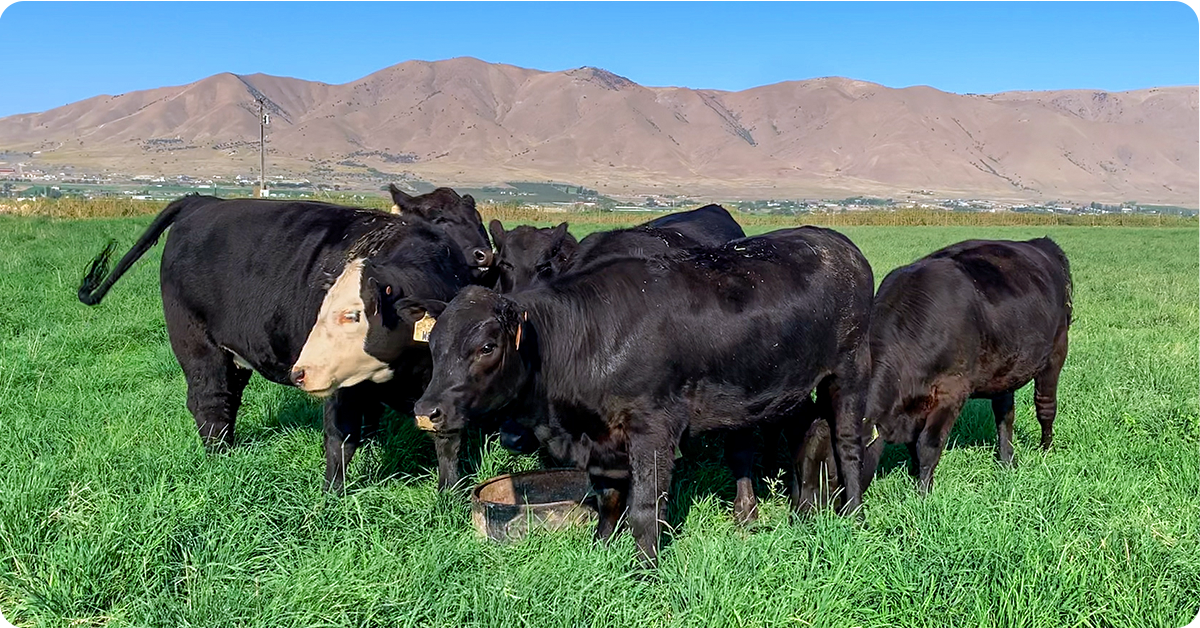
The Importance of Quality Pasture Grass
Selecting Pasture Grass Seed
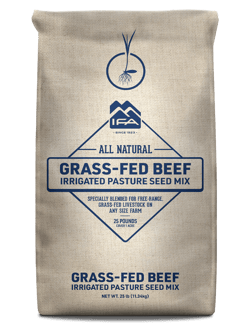 All grasses differ in nutritional quality, growing season and even lifespan. Selecting the right seed for your pasture will come up downwards to your personal goals too as the climate and growing conditions of your area.
All grasses differ in nutritional quality, growing season and even lifespan. Selecting the right seed for your pasture will come up downwards to your personal goals too as the climate and growing conditions of your area.
Pasture Management and Usage
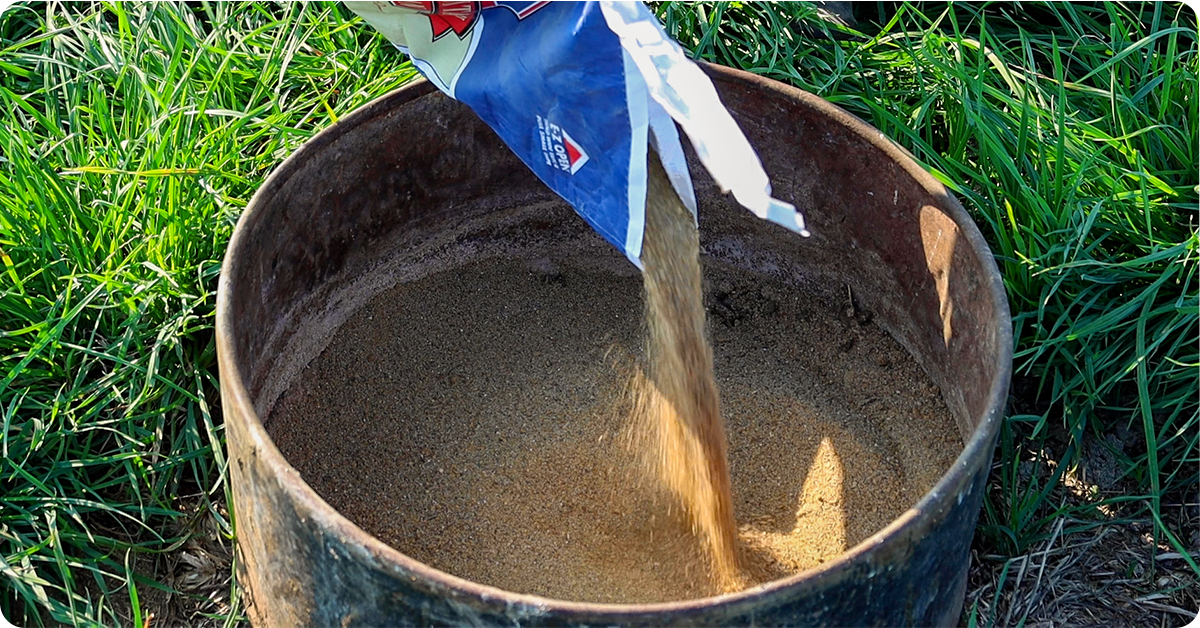
Grass-Fed Cattle Nutrition and Care
Analyzing Grass Nutrition
Supplementing Grass-Fed Cattle
Grain or Grass Stop
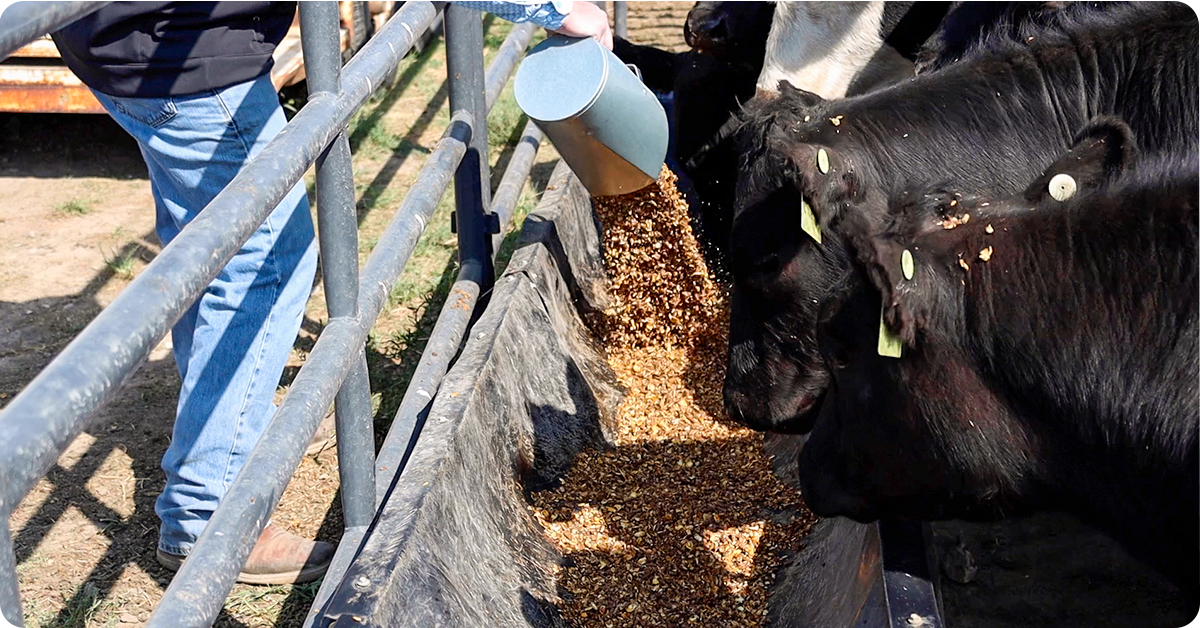
Rotational Grazing
Advantages of Rotational Grazing
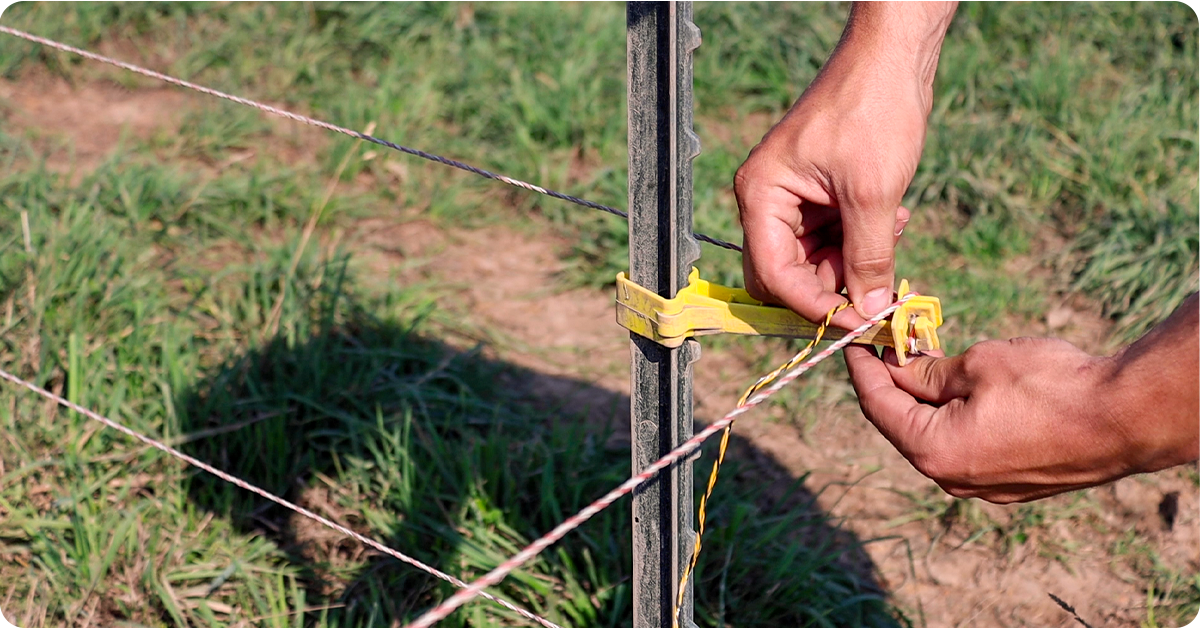
Implementing Rotational Grazing
Managing Grazing
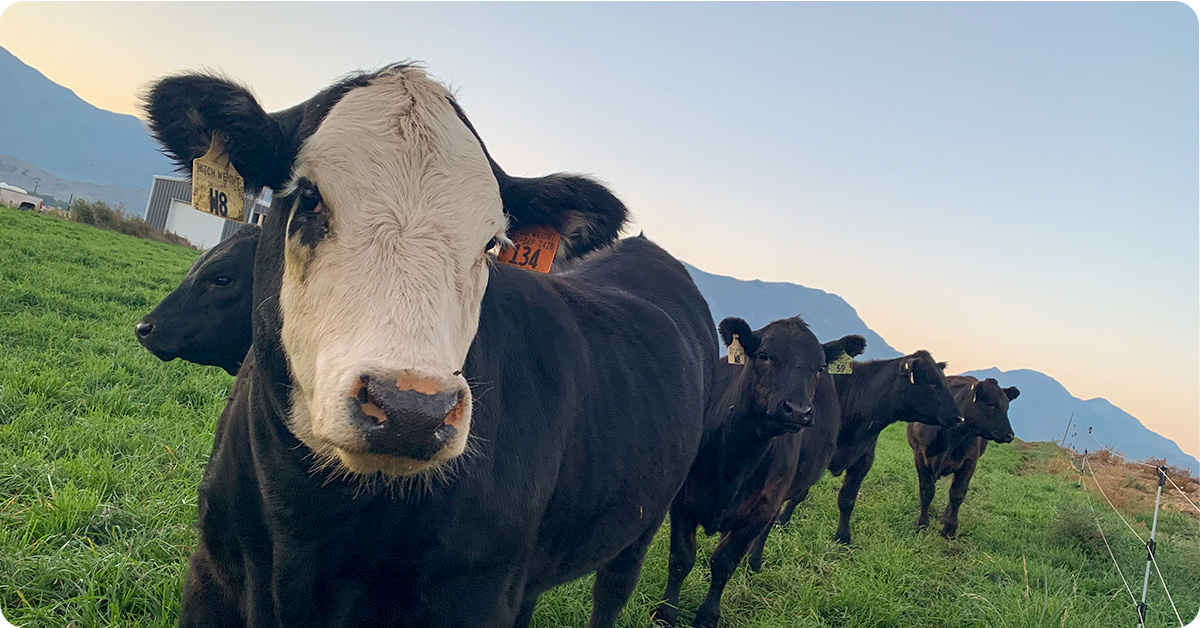
Raising Grass-Fed Beef with IFA
mcclainstroardlean.blogspot.com
Source: https://grow.ifa.coop/cattle/raising-grass-fed-beef
Posting Komentar untuk "Graze and Grow Grass Fed Beef"